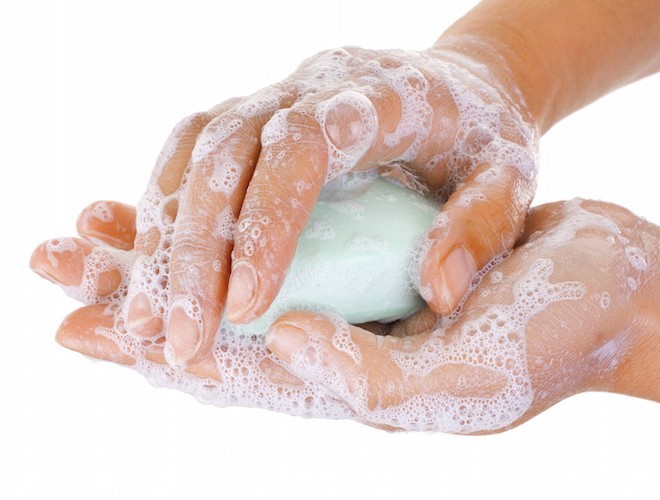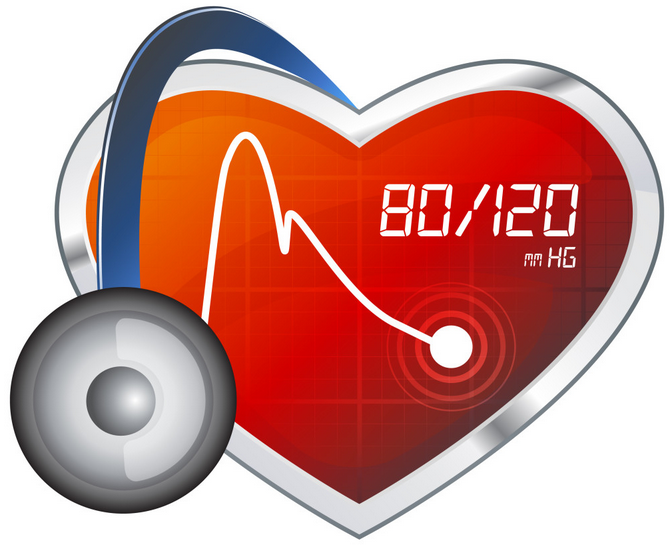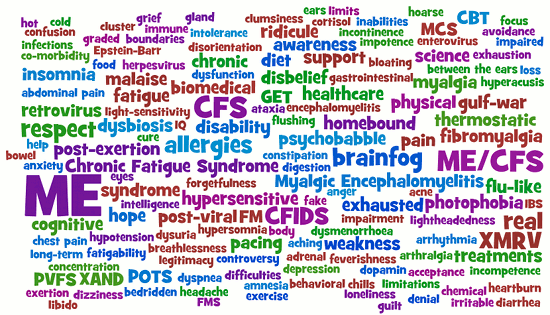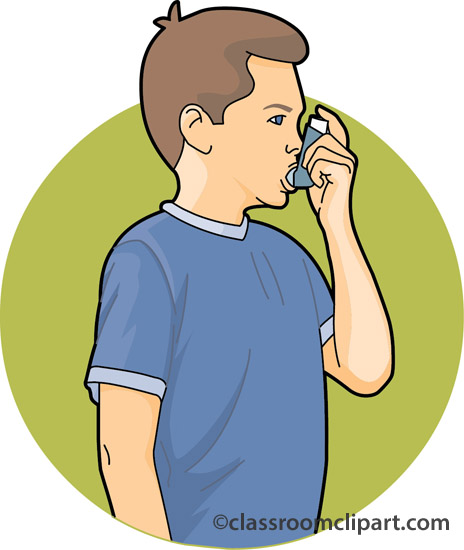Urinary tract infections (UTIs) are the second most common type of infection in the body, accounting for about 8.1 million visits to health care providers each year. UTI symptoms can be extremely uncomfortable, and for some people, especially women, they are a recurring health issue.
Unfortunately, the most common treatment for UTIs is antibiotics, and E. coli, the primary bacteria responsible for urinary tract infection, is increasingly resistant toward antibiotics. And testing shows factory farmed poultry harbors dangerous UTI-triggering germs. There are, however, a number of home remedies for UTIs that don’t involve the use of antibiotics and can stop the invasion of microorganisms from being a recurring problem.
What Is a UTI?
A UTI is caused by organisms that are too small to be seen without a microscope, including fungi, viruses and bacteria. The urinary tract is the body’s drainage system for removing waste and extra water; it includes two kidneys, two ureters, a bladder and a urethra. The kidneys filter about three ounces of your blood per day, removing waste and extra water and making up one to two quarts of urine. The urine then travels from the kidneys down two narrow tubes called the ureters, where it’s stored in the bladder and emptied through the urethra. When you urinate, a muscle called the sphincter relaxes and urine flows out of the body through the urethra, an opening at the end of the penis in males and in front of the vagina in females.
Bacteria that live in the bowels are the most common causes of UTIs. They enter the urinary tract and are usually rapidly removed by the body, but sometimes they overcome the body’s natural defenses and cause an infection. Certain bacteria have the ability to attach themselves to the lining of the urinary tract, despite the body’s many defenses. The ureters attach to the bladder and act as one-way valves to prevent urine from backing up toward the kidneys, urination washes microbes out of the body, the prostate gland in men produces secretions that slow bacterial growth, and immune defenses are in place to prevent infection. Although these bodily systems that are in place in protect you from infection, you’re still susceptible to developing a UTI from organisms that can’t be controlled.
UTI Symptoms
Generally, symptoms of a UTI in adults may include:
- pain when urinating
- a burning sensation in the bladder or urethra when urinating
- a strong, frequent urge to urinate, but only passing small amounts
- muscle aches
- abdominal pain
- feeling tired and weak
- urine that appears cloudy
- urine that appears red or bright pink (a sign of blood in the urine)
- strong-smelling urine
- pelvic pain in women
Delirium and UTIs are two very common conditions in the elderly. In a 2014 systematic review, in elderly patients with UTIs, delirium rates ranged from 30 percent to 35 percent compared to 7 percent to 8 percent in those without UTIs. Delirium is widely viewed as one of the atypical symptoms of UTI in the elderly, therefore physicians initiate a workup for urinary tract infections whenever delirium occurs in an elderly patient.
There are different types of UTIs. An infection in the urethra is called urethritis, and symptoms may include pain in the upper back and side, high fever, shaking and chills, nausea and vomiting. Both bacteria (like E. coli) and viruses (like herpes simplex) can cause urethritis.
A bladder infection is called cystitis (lower urinary tract infection). Symptoms of a bladder infection may include pelvic pain, discomfort in the lower abdomen, frequent, painful urination and blood in urine. A bladder infection usually occurs when bacteria is present in urine, which is stored in the bladder.
Bacteria can also travel up the ureters to multiply and infect the kidneys, which is called pyelonephritis (upper urinary tract infection). Signs of a kidney infection may be a burning sensation when urinating and discharge. This usually occurs when urine is blocked by a structural defect in the urinary tract, such as a kidney stone or an enlarged prostate.
Causes and Risk Factors of UTI Symptoms
Urinary tract infections occur when bacteria enter the urinary tract, take hold and grow into a full-blown infection. There are several factors that increase the risk of developing UTI symptoms.
Women
Women are more prone to UTIs because their urethras are shorter, which allows bacteria quicker access to the bladder. A woman’s urethral opening is also near sources of bacteria from the vagina and anus. According to research conducted at the University of Kansas, the lifetime risk for UTIs in women is greater than 50 percent. Between 1988 and 1994, the overall prevalence of UTI was estimated to be 53,067 per 100,000 women. UTIs in men are not as common, but they can be serious when they do occur.
Sexual Intercourse
Research conducted at the University of Washington School of Medicine indicates that the predominant UTI risk factors in young women are sexual intercourse and the use of spermicidal contraceptives. Sexual activity can move microbes from the vaginal cavity to the urethral opening. Following sexual intercourse, most women have a significant number of bacteria in their urine, and although the body normally clears the bacteria out within 24 hours, some may remain and cause an infection. Researchers at the Department of Primary Care and Social Medicine suggest that the relative odds of developing acute cystitis increase by a factor of 60 during the 48 hours after sexual intercourse.
Birth Control
Some forms of birth control may also increase the risk of developing UTI symptoms. Spermicides and condoms may irritate the skin and increase the growth of bacteria invading surrounding tissues.
Diaphragms may change vaginal flora and slow urinary flow, allowing bacteria to multiply. A study published in the Journal of Urology found that the peak urine flow rate was significantly less for women who wore diaphragms than for those who did not. Women who reported a sensation of obstruction when urinating with a diaphragm demonstrated a significant decrease in peak urine flow rate, and this finding was particularly apparent in those with a history of urinary tract infections. Researchers also found that current users of diaphragms with a history of urinary tract infection had heavier growth of coliform organisms from cultures of the vagina and urethra and significantly more episodes of infection.
Catheters
Research published in Antimicrobial Resistance and Infection Control indicates that UTIs caused by urinary catheters are some of the most common infections acquired by patients in health care facilities. Biofilm develops on catheters, which allows bacteria to develop and cause an infection. Researchers suggest that the most important intervention to prevent the buildup of bacteria and infection is to limit indwelling catheter use (when it’s permanently present) or discontinue catheter use as soon as clinically feasible.
Pregnancy
UTIs are a common complication of pregnancy, occurring in 2 percent to 13 percent of pregnant women. Researchers believe that several hormonal changes in pregnant women and shifts in the position of the urinary tract contribute to the increased risk of developing UTIs. Bacteria can more easily travel up the ureters to the kidneys and cause an infection. This is why pregnant women are routinely screened for bacteria in their urine. Studies show that infections and untreated asymptomatic bacteria during pregnancy are associated with an increased risk of pyelonephritis (kidney infection), premature delivery and fetal mortality.
Suppressed Immune System and Diabetes
A suppressed immune system puts people at risk of developing UTIs because the body’s defense against bacteria is impaired. A 2015 study published in Diabetes, Metabolic Syndrome and Obesity suggests that urinary tract infections are more common, more severe and carry worse outcomes in patients with diabetes symptoms. This is due to various impairments in the immune system, poor metabolic control and incomplete bladder emptying.
Postmenopausal Women
Another group at a higher risk of developing UTIs is postmenopausal women. Research shows that estrogen deficiency plays a potential role in the development of bacteria. Vaginal estrogen cream has shown beneficial effects in the management of recurrent bacteria in elderly women because it reduces vaginal pH.
A major challenge of UTIs is that they tend to reoccur. In fact, with each UTI, the risk that a woman will continue having recurring infections increases. Following an initial UTI, the risk of a second is 24.5 percent within six months, and there’s a 5 percent chance that a third episode will occur within the year. Although men are less likely to develop UTIs, once a man has one, he is more likely to have another because the bacteria can hide deep inside the prostate tissue. People who have trouble emptying their bladders are also more likely to develop recurring UTIs.
Conventional Treatments for UTI Symptoms
UTIs are typically treated with bacteria-fighting medications, such as antibiotics and antimicrobials. Trimethoprim, an antibiotic, is the first choice of treatment, but antibiotic resistance is most likely to occur in patients who have taken antibiotics in the previous six months.
According to research published in Current Infectious Disease Reports, there are several reasons to avoid using antibiotics to treat UTIs. There is increasing resistance of E. coli, the primary bacteria responsible for UTIs, to a variety of antibiotics. In addition, studies of the human microbiome demonstrate that there can be significant impact of antibiotics on the gut microbiota and microbiota in the vaginal cavity. Another reason to avoid antibiotic use for treating UTIs is that it may lead to the development of a vaginal candida infection, which occurs in up to 22 percent of women treated for uncomplicated UTI. Researchers believe that antibiotics should only be used for UTIs that do not resolve within three days.
Natural Treatments for UTI Symptoms
- Drink Plenty of Fluids
- Drinking water or fluids throughout the day helps flush bacteria from your system.
- Urinate Often
- Urinating often and when the urge arises ensures that bacteria isn’t growing in urine that stays in the bladder. It’s also important to urinate soon after sexual intercourse in order to flush out bacteria that may have entered the urethra.
- Wipe Properly
- Women should wipe from front to back, especially after a bowel movement. This ensures that bacteria doesn’t get into the urethra.
- Wear Loose-Fitting Clothes
- Loose-fitting clothes and underwear allow air to keep the urethra dry. Wearing tight jeans or material like nylon can be problematic because moisture can be trapped, allowing bacteria to grow.
Avoid Using Spermicides
Spermicides can increase irritation and allow bacteria to grow. Using unlubricated condoms can also cause irritation, so choose lubricated condoms that don’t contain spermicides.
Probiotics
Because of the development of bacterial resistance, a promising alternative treatment for recurring UTIs is probiotics. Researchers have found that benign bacterial flora is crucial for preventing the overgrowth of microorganisms that lead to illness.
Cranberry Juice
Some studies suggest that cranberry juice may decrease the number of UTIs over a 12-month period, particularly for women with recurrent UTIs. More recent studies, however, indicate that cranberry juice is less effective than previously indicated. Cranberries may be helpful, but more research is needed to know if there are statistical effects.
Garlic
Garlic has anti-inflammatory and antimicrobial effects. Studies have found that garlic extracts exhibits antibacterial activity against a wide range of bacteria, including E. coli, the bacteria that most commonly causes UTIs.
Antibacterial Essential Oils
Clove, myrrh and oregano essential oils can improve UTI symptoms because of their antibacterial properties.
UTI Symptoms Precautions
Uncomplicated urinary tract infections are usually cured within two to three days of treatment. However, complicated UTIs require longer periods of antibiotics, usually between seven and 14 days. A complicated UTI occurs in a person who is weakened by another condition, such as people with diabetes, obstructive kidney stones or an enlarged prostate. Women who are pregnant are also at risk for developing complicated UTIs. If you have a weakened immune system and notice UTI symptoms, see your health care provider to take a urine test.
Final Thoughts on UTI Symptoms
- 50 percent of women have at least one urinary tract infection in their lifetimes, and about 20 percent have recurrent UTIs.
- The majority of UTIs are caused by the E. coli bacterium.
- Risk factors for UTIs include sexual intercourse, using diaphragms or spermicides, having sex with multiple partners, and having a suppressed immune system.
- Most UTIs are not serious and can be cured within two to three days of treatment.
- The most common treatment for UTIs is antibiotics, but resistance increases the risk of recurring infections. Natural treatments for UTI symptoms include probiotics, cranberry juice, garlic and essential oils.
- Urinating shortly after sexual intercourse, avoiding spermicides and diaphragms, and using lubricated condoms may decrease the risk of developing a urinary tract infection.
For more information visit Dr. Axe’s website


























































